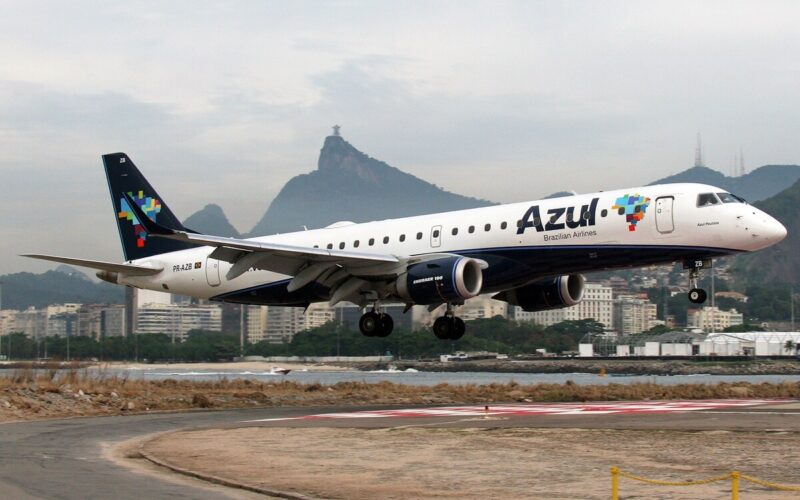Brazil is planning a massive expansion and upgrade of its airport capacity within the next five years.
This airport development plan will cover 130 airports across the country and will be the largest airport investment program in the history of the Latin American country.
In a television interview with CNN Brasil, Silvio Costa Filho, Brazil’s Ports and Airports Minister, explained that the Brazilian government is working on a three-pronged plan that will see the construction of new regional airports and significant investment in many of the existing ones, including the main airports serving Sao Paulo and Rio de Janeiro.
Although details of the program will not be disclosed until later this year, the minister explained that one part of the plan involves the renovation of 30 regional airports that are currently operated under a concession regime.
In parallel to this, Brazil’s government-owned airport operator, Infraero, is also preparing plans to invest in the development of 20 new airports. The flagship of these is the future Olimpia International Airport, which will serve the north of Sao Paulo state.
The Brazilian government is also planning to either build or upgrade another 80 airports throughout the country, mostly through concessions, to expand regional air connectivity. The idea is to use the airports as vectors of regional development.
The growth of the tourism industry is seen as a priority, particularly when it comes to stimulating domestic traffic. However, the new airports will also serve the needs of the country’s large agriculture industry in inland areas and will help provide remote communities with access to basic services.
The handling of the COVID-19 pandemic revealed that Brazil had some infrastructure deficits when it comes to the ability to provide timely medical assistance in areas such as the Amazon, where at least 10 new airfields are being considered.
Airports serving Brazil’s two main metropolitan areas, Sao Paulo and Rio de Janeiro, will also see considerable investment.
Costa Filho explained that the new management at Sao Paulo-Guarulhos International Airport (GRU), which accounts for 70% of Brazil’s international arrivals, has already drafted a plan to renovate the facilities with the aim of significantly upgrading the experience it offers to its passengers and strengthen security at the premises.
Spanish airport operator AENA will invest 2 billion reais (approximately US$350 million) into Sao Paulo’s second airport, Congonhas (CGH), also with the aim of improving the passenger experience.
Costa Filho also said the government’s position is to also expand the capacity of Rio de Janeiro’s two airports, Galeão (GIG) and Santos-Dumont (SDU), although declined to provide specific details about the proposal since the executive is currently discussing the matter with several relevant organizations and stakeholders.

